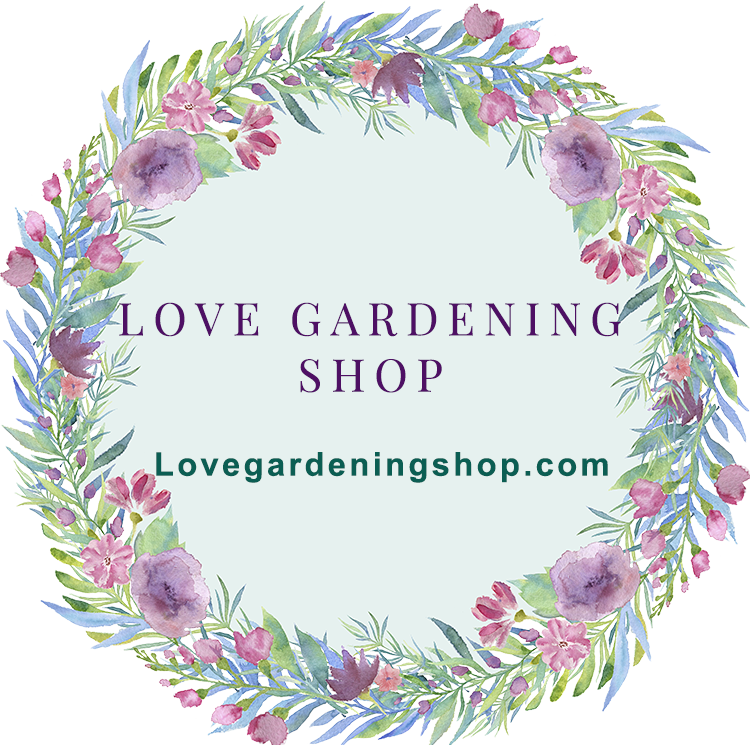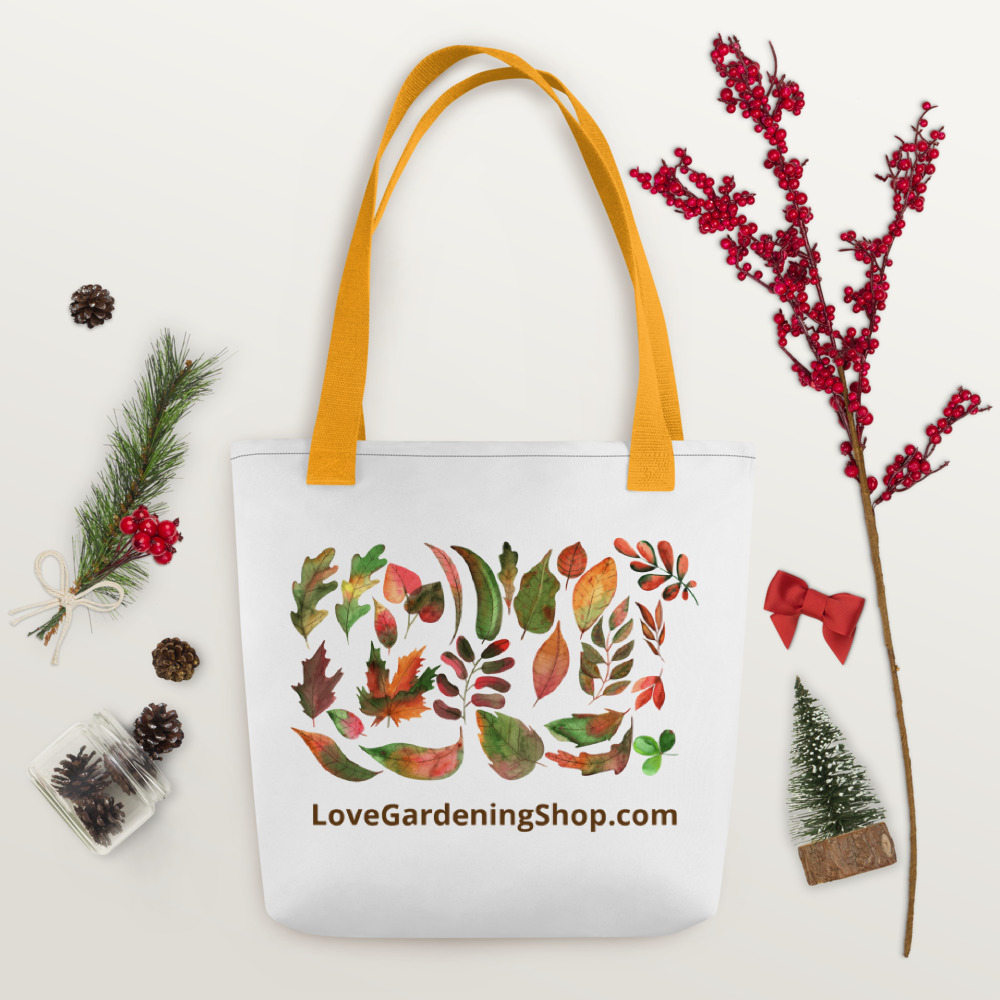
I love gardening. I really love gardening. I like nothing better than planting up a tiny seed and the magic of seeing it grow into a beautiful plant or vegetable. I find being out in the garden or in the fresh air, takes you into a totally different place. You forget about all of the things that are going on in your daily life. You are so immersed in what you are doing, that all of your cares and worries slip away.
Gardening is good for the body, health and your wellbeing. It is a good exercise. It means that you are outside in nature and all of the health benefits of that. It is something that you can quite happily do alone, or you can share your interest with friends and family. It is also a good way of making new friends. People who garden have always historically shared seeds, plants, and the products that they have grown.
My Inspiration
My love of gardening began when I was a child. My parents bought a plot of land when I was a toddler and built an architect-designed house and then it was their joy to design the garden and to plant it all up. They both loved gardening and would spend many hours out there tending to it and growing stuff. My grandparents also loved gardening. My grandmother was a wonderful cook and seeing her make delicious meals out of the produce from the garden was always a delight. My grandfather was a Miner and like many Miners, their working life was so hard, that having an escape like gardening was somewhere that they could get away from the challenging, difficult life that they lived every day. My grandmother had infinite patience. Whether it was gardening or cooking, she always took the time to involve us and to teach us how to do things.
You can never have too many flowers…
My kind of garden is a Cottage Garden full of flowers and vegetables with fruit trees. I grow as many plants to attract bees and butterflies as possible and don’t use chemicals or sprays. I like curves and paths that lead you to something unexpected, rather than having straight lines and uniform planting. I grow mostly perennials or hardy annuals. I grow very few summer bedding plants, as for me, they are a very expensive way of having a pretty garden and take an awful lot of maintenance. Oh and ponds, I always have to have at least one pond and currently have three.
How long does it take to create a garden?
I have moved many times and have always inherited a garden that has either been neglected, or that has become overgrown and unloved. I love the challenge of bringing houses and gardens back to life full of birds, bees and butterflies. I have also proved the old wives’ tale that it takes 10 years for a garden to establish. I have lived in my present home for 10 months and it is a riot of colour and my vegetable plots are keeping me fed and providing enough for me to fill my freezers and to preserve for many months to come.
I hope that you have enjoyed hearing a little bit of why I became involved in gardening and why I am so passionate about it. Please follow my blogs to find out more about me and to learn hints and tips about how you can become a gardener and maybe even feed yourself and your family. https://lovegardeningshop.com/blogs



